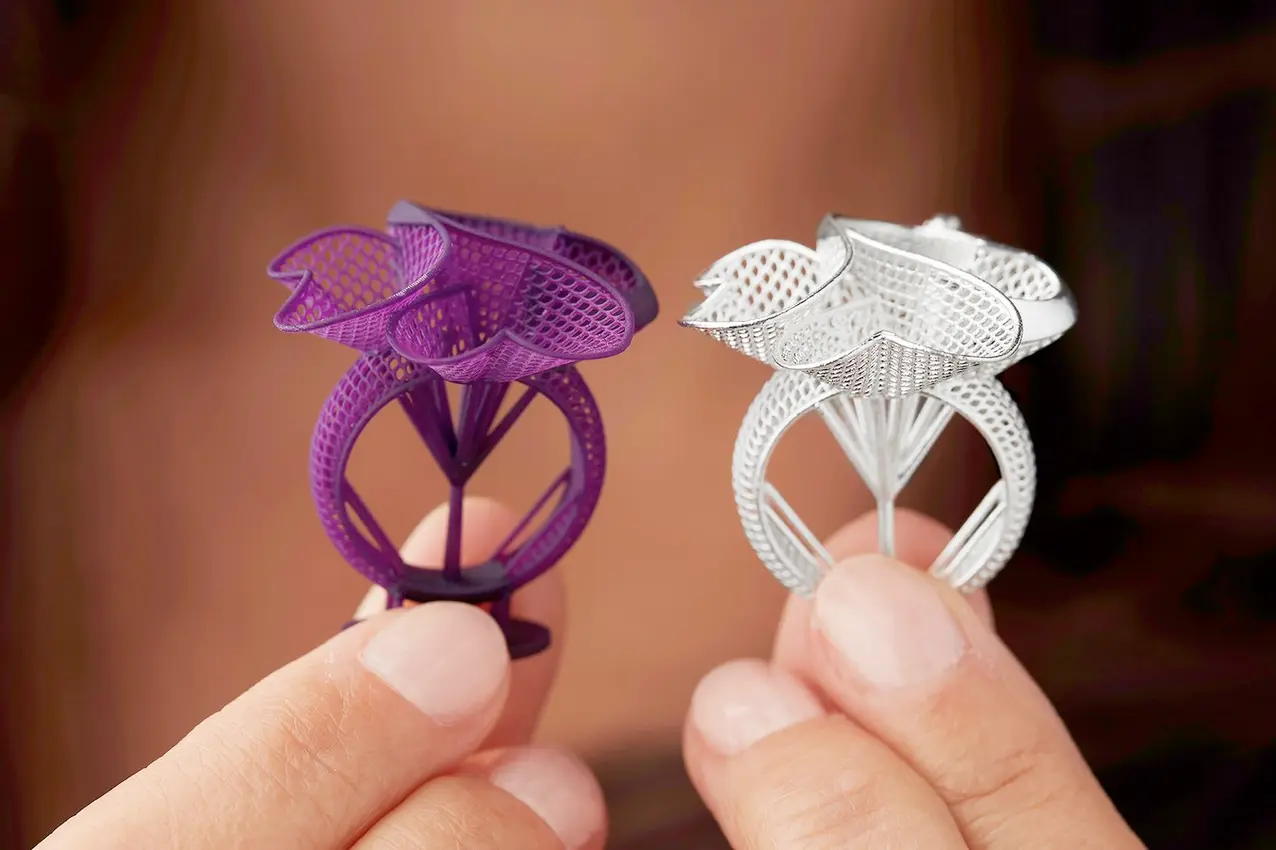• Ready to cooperate with gold, jewelry and silver manufacturers
• Send file and resin
• The possibility of editing all the models available on the site according to your needs
• Designing and manufacturing your desired models in the shortest time, individually and in bulk
• Can be made with gold and silver
• Ready to cooperate with gold, jewelry and silver manufacturers
• Send file and resin
• The possibility of editing all the models available on the site according to your needs
• Designing and manufacturing your desired models in the shortest time, individually and in bulk
• Can be made with gold and silver
Comprehensive Guide to 3D Jewelry Modeling
- MisterJewel
- No Comments

In the evolving landscape of jewelry design, 3D jewelry modeling has emerged as a transformative approach, enabling designers to craft intricate pieces with precision and efficiency. This guide delves into the nuances of 3D jewelry modeling, exploring its applications, benefits, and the tools that facilitate this innovative process.
The Evolution of Jewelry Design
Traditionally, jewelry design was a meticulous craft, relying heavily on manual skills and time-consuming techniques. The integration of Computer-Aided Design (CAD) has revolutionized this field, allowing designers to create detailed digital representations of their concepts. This shift not only streamlines the design process but also enhances accuracy and consistency.
Understanding 3D Jewelry Models
A 3D jewelry model is a digital blueprint of a jewelry piece, created using specialized software. These models serve as the foundation for various production methods, including 3D printing and traditional casting. They enable designers to visualize and refine their creations before physical production, reducing errors and material waste.
Applications of 3D Jewelry Modeling
The versatility of 3D modeling has led to its widespread adoption in various facets of jewelry design:
1. Customization and Personalization
Clients increasingly seek unique pieces that reflect their personal style. 3D modeling facilitates the customization of designs, allowing for tailored adjustments to suit individual preferences.
2. Prototyping and Visualization
Before committing to production, designers can create prototypes to assess the aesthetics and functionality of a piece. This process aids in identifying potential improvements and ensures client satisfaction.
3. Efficient Production
By providing precise specifications, 3D models streamline the manufacturing process, reducing lead times and costs. This efficiency is particularly beneficial for complex designs that are challenging to produce manually.
Exploring 3D Necklace Designs
Among various jewelry categories, 3D necklaces have gained prominence due to their intricate designs and the ability to incorporate complex geometries. Designers can experiment with various styles, from minimalist pendants to elaborate statement pieces, leveraging the capabilities of 3D modeling to push creative boundaries.
The Role of STL Files in Jewelry Design
The STL (Stereolithography) file format is a standard in 3D printing, representing the surface geometry of a three-dimensional object. In jewelry design, solitaire STL files are commonly used for creating classic solitaire rings. These files provide detailed information necessary for accurate production, ensuring that the final product aligns with the designer’s vision.
Utilizing Jewelry 3D Viewers
Jewelry 3D viewers are interactive tools that allow designers and clients to examine 3D models from various angles. These platforms enhance the design process by providing a realistic preview of the piece, facilitating effective communication and decision-making.
Mister Jewelry: A Case Study in 3D Modeling
Mister Jewelry exemplifies the integration of 3D modeling in contemporary jewelry design. By offering a range of 3D models, including the “Solitaire Rings 07,” they provide designers with customizable templates that can be tailored to specific requirements. This approach not only saves time but also ensures precision and quality in the final product.
Benefits of 3D Jewelry Modeling
The adoption of 3D modeling in jewelry design offers numerous advantages:
- Precision and Accuracy: Digital models eliminate human errors, ensuring exact measurements and symmetry.
- Cost-Effectiveness: Reduces material waste and minimizes the need for physical prototypes.
- Creative Freedom: Allows for the exploration of complex designs that are challenging to achieve with traditional methods.
- Enhanced Collaboration: Facilitates communication between designers, manufacturers, and clients through clear visual representations.
The Future of 3D Jewelry Modeling
As technology advances, 3D jewelry modeling is poised to become even more integral to the design process. Emerging trends include the use of virtual reality for immersive design experiences and the integration of artificial intelligence to suggest design improvements. These developments will further enhance the efficiency and creativity of jewelry designers worldwide.
Frequently Asked Questions (FAQs)
Q1: What software is commonly used for 3D jewelry modeling?
A1: Popular software includes Rhino, MatrixGold, and ZBrush, each offering specialized tools for intricate jewelry design.
Q2: How does 3D printing complement traditional jewelry making?
A2: 3D printing allows for rapid prototyping and the creation of complex designs, which can then be cast using traditional methods, blending innovation with craftsmanship.
Q3: Can clients customize their jewelry designs using 3D modeling?
A3: Yes, clients can collaborate with designers to create personalized pieces, adjusting aspects like size, material, and design elements to suit their preferences.
Q4: What materials can be used in 3D printed jewelry?
A4: Materials range from resins and plastics for prototypes to precious metals like gold and silver for final pieces, depending on the printing technology used.
Q5: How do jewelry 3D viewers enhance the design process?
A5: They provide interactive previews of designs, allowing for real-time adjustments and ensuring that the final product meets expectations.
In conclusion, 3D jewelry modeling has revolutionized the way designers conceptualize and produce jewelry, offering unprecedented precision, customization, and efficiency. As technology continues to evolve, its role in jewelry design is set to expand, paving the way for innovative creations that blend artistry with technological prowess.
- What we read in this article
Subscribe to newsletter
- Comment

